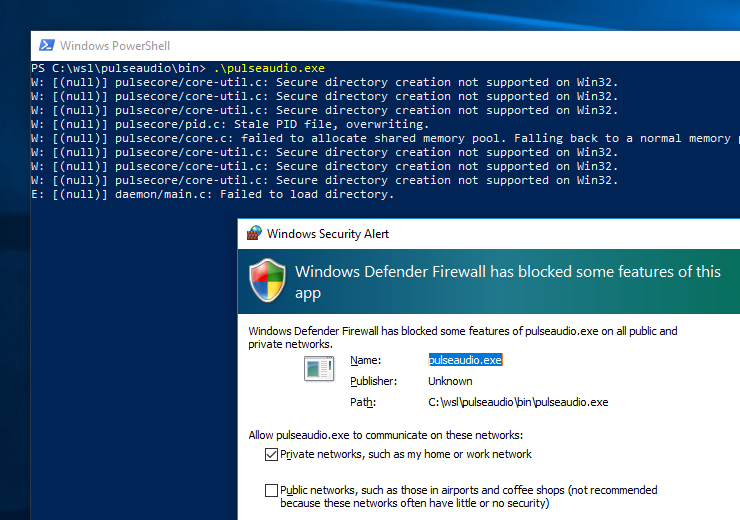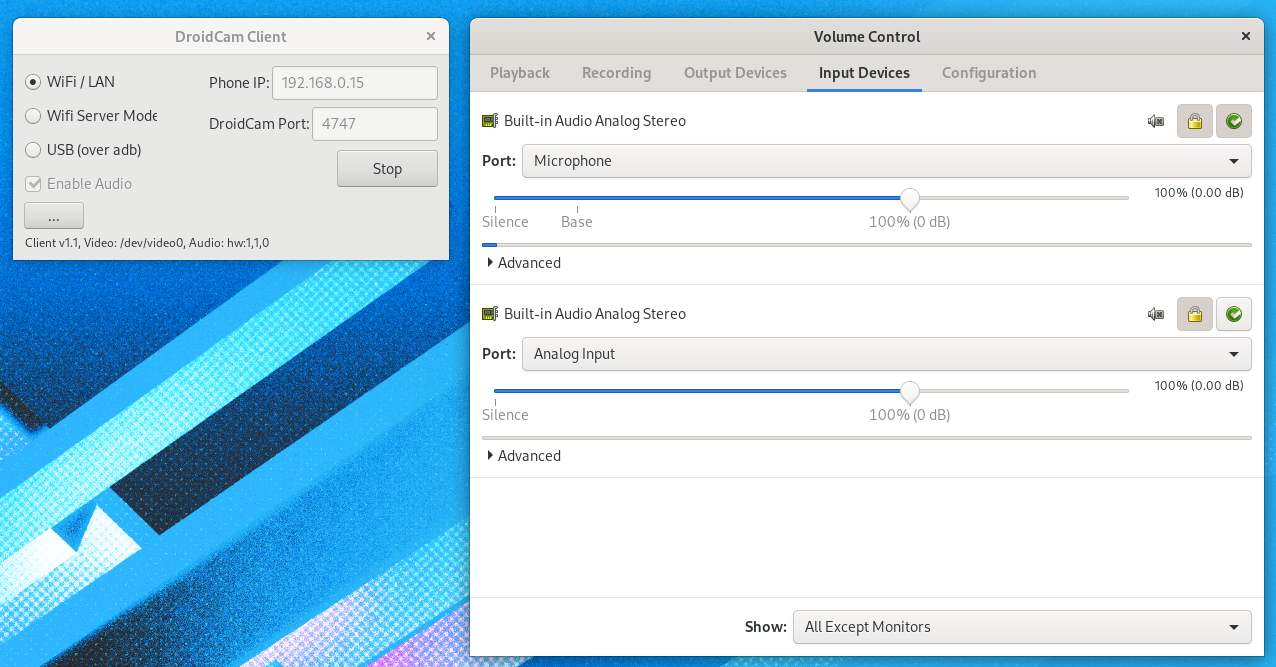


At least I din’t find any option to deactivate it. This results in you hearing yourself in your headset as well (which needs some getting used to it), but for some reason I had my own voice only on one side, so I just took it of and used the other one The loopback-module change stays active until the next boot. I did this by typing “pactl load-module module-loopback latency_msec=1” at the shell prompt. you have to load ALSA’s loopback-module.to enable also to record your incoming voice, I used a little ‘trick’, I found here – you have to loopback your microphone into the monitor.now you can perfectly record everything what is coming out of your speakers.in Pavucontrol choose the Recording tab and select the Monitor of Built in Analog Stereo.click on the recording meter (upper right) to turn monitoring on.The signal form a microphone is not very strong but the signal from the output of the laptop for the headphones is stronger to drive them so be careful not to destroy the sound card.
Ubuntu audio loopback software#
as very detailed described here on Audacity’s Device Toolbar set the host to ALSA, and the output device to pulse. The input I just set to my sound card, If you have a software which records and another which plays the music you can do it but dont turn on the volume to much because you may destroy the sound card.get Audacity a free, open source, cross-platform software for recording and editing sounds.
Ubuntu audio loopback free#

Just get an audio cable with a male 3.5mm connector on both ends. If neither of the first two options suit your needs, there’s always the low-tech solution-although it’s a bit of a hack.

In other words, your recorded sound file will be higher-quality when using Audacity’s WASAPI loopback option. System sounds playing through the device selected for WASAPI loopback are still captured, however.” “WASAPI loopback has an advantage over stereo mix or similar inputs provided by the soundcard that the capture is entirely digital (rather than converting to analog for playback, then back to digital when Audacity receives it). For example, If you have a 7.1 channel headset, select “8.”Īudacity’s tutorial website explains why this feature is actually better than Stereo Mix: Update: If this doesn’t work, you may also need to select the correct number of recording channels to match your device using the dropdown box to the right of device selection box. Because you’re using Audacity, you can easily trim and edit the sound file when you’re done. RELATED: The How-To Geek Guide to Audio Editing: The BasicsĬlick the Record button to start recording the audio in Audacity, and then click Stop when you’re done. In Audacity, choose the “Windows WASAPI” audio host, and then choose an appropriate loopback device, such as “Speakers (loopback)” or “Headphones (loopback).”
Ubuntu audio loopback windows#
The feature also functions in Windows 7, 8, and 10, and helps make up for the lack of a Stereo Mix option on modern Windows PCs. This method takes advantage of a feature that Microsoft added in Windows Vista named the Windows Audio Session API (WASAPI). In fact, Audacity’s feature may be even better than Stereo Mix, assuming you’re willing to use Audacity to record the audio. Audacity has a useful feature that can record the audio coming out of your computer-even without Stereo Mix. Option 2: Audacity’s WASAPI Loopbackĭon’t have a Stereo Mix option? No problem. It’s unfortunately become less and less common. There may be a way to enable it with different audio drivers, but not every piece of sound hardware supports Stereo Mix. On some devices, you may not have this option at all.


 0 kommentar(er)
0 kommentar(er)
